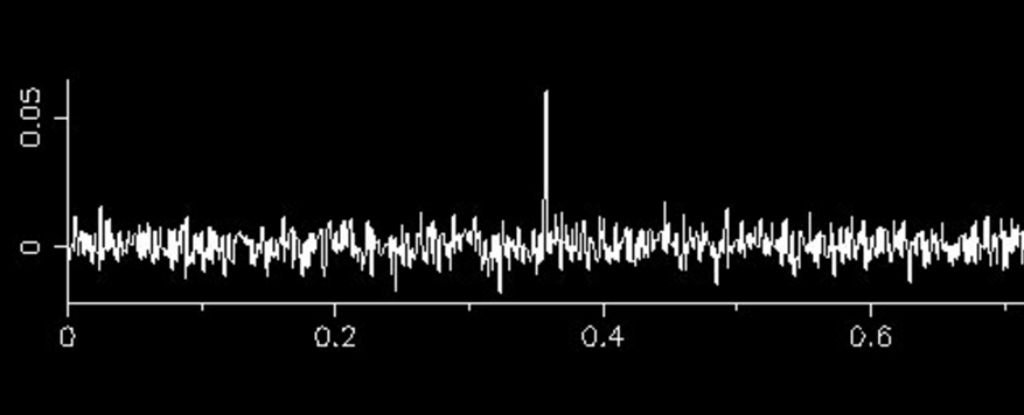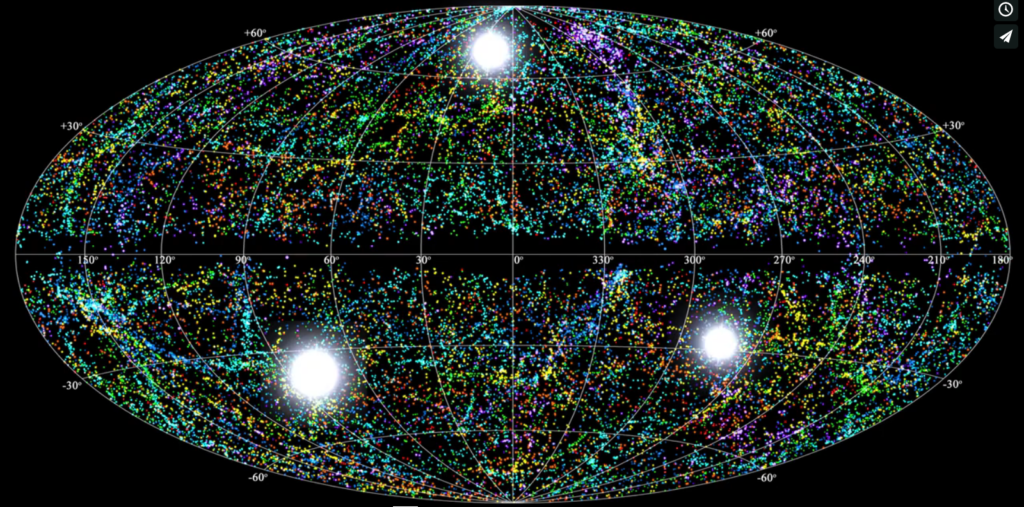

"We can now accurately calculate the probability that two or more bursts coming from similar locations are not just a coincidence," Pleunis explained. Picking out these signals required the team to develop new statistical tools to sift through CHIME's data. Credit: CHIME/FRB Collaboration/The Astrophysical Journal This map of the sky, taken from the new research study, shows the locations of all repeating fast radio bursts detected so far. Repeating-Fast-Radio-Bursts-Locations-Northern-Sky-CHIME-FRB During that same time, one of them - FRB 20201124A, first spotted in 2020 and found to originate from a nearby galaxy - was seen to repeat a total of 12 times!

Of the 25 newly discovered repeating FRBs, most were spotted two or three times during CHIMEs observations. student in the University of British Columbia's department of physics and astronomy. They don't play by our time scales," added co-author Adam Dong, a Ph.D. "We need a longer observation time because some repeaters could repeat every 10 years.

Ziggy Pleunis, a postdoc researcher at the University of Toronto's Dunlap Institute for Astronomy and Astrophysics who is one of the nearly 60 scientists involved in this new study. "Many apparently one-off FRBs have simply not yet been observed long enough for a second burst from the source to be detected," said Dr. The four 'cylinders' of the CHIME radio telescope sit fixed in place, staring up at the sky from the floor of southern B.C.'s Okanagan Valley. CHIME is a unique, highly-sensitive radio telescope at the Dominion Radio Astrophysical Observatory near Penticton, British Columbia, located on the traditional, ancestral, and unceded territory of the Syilx/Okanagan people. The researchers found them by performing the very first delve through all of the data gathered between September 2019 and May 2021 by the Canadian Hydrogen Intensity Mapping Experiment. In new research, a Canadian-led team of astronomers turned up another 25 repeating FRBs, doubling the number already discovered. Until now, of the hundreds of FRBs detected, only 25 belonged to a particular class known as repeating FRBs.ĭON'T MISS: Hubble spots 'runaway' black hole leaving trail of bright stars in its wake Finding what was missed In that time, hundreds more have been found, but still, astronomers are no closer to figuring out exactly what causes them.Įven more puzzling are the few FRBs found that periodically repeat. It's been over 15 years since the first FRB was detected from space.


 0 kommentar(er)
0 kommentar(er)
